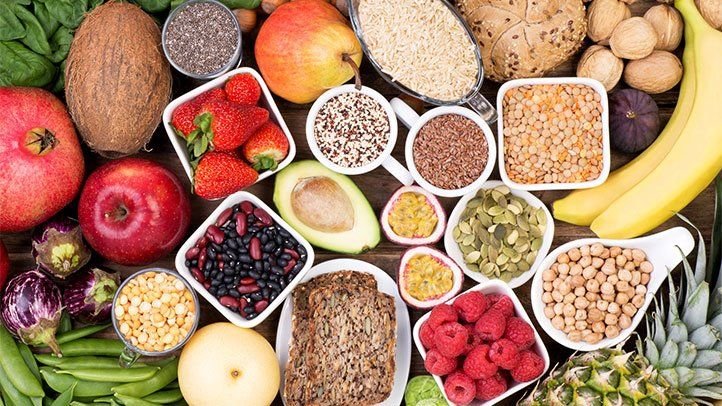Inside BENEO’s new pulse plant: pioneering sustainable protein from faba beans
Fibre-rich diabetes nutrition (FDN), a new term coined by the experts to create a fibre-specific diabetes nutrition category
For the first time, Diabetes India brought together a group of twelve eminent diabetologists and two expert dietitians to review and report on the role of high dietary fibres (DF) in Type 2 Diabetes Management (T2DM). The authors convened to reach a consensus on the final recommendations between August 2021 and December 2021. It is formally published by Elsevier on behalf of ‘Diabetes India’ in the Diabetes & Metabolic Syndrome: Clinical Research & Reviews.
The prevalence of diabetes is estimated to increase from 425 million people in 2017 to 629 million by 2045. Similar trend estimates the increasing burden of a triple burden of pre-diabetes, diabetes, and obesity in India. As per the study, a high fibre diet is vital for people with diabetes and associated conditions. Increasing fibre intake, preferably through food or through a fibre-rich diabetes (FDN) supplement has proven to be beneficial.
An ideal diet for diabetes and associated conditions patients would be a high fibre diet with a gradual step-up of fibre intake going up to the recommended 25-40 g/day. Studies have shown that in T2DM patients, increasing the intake of high fibre foods or fibre rich dietary supplements, particularly of the soluble type will help people in managing diabetes and in people without diabetes.
The R&D Team at Hindustan Unilever shared, “The country is experiencing rapid changes in nutritional habits and a shift in dietary patterns to more ‘modern’ diets leading to low intake of fibre and excess consumption of calories, refined carbohydrates, saturated fats, and sugar. This dietary transition and a sedentary lifestyle have significantly contributed to an increase in T2DM and obesity predominantly in urban, but also in rural areas. We strongly believe there was a need to have user-friendly guidance on the role of high fibre in the management of T2DM and associated conditions that can be easily understood and applied by nutritionists, health care professionals, and the general population at large.”
image credit- shutterstock

